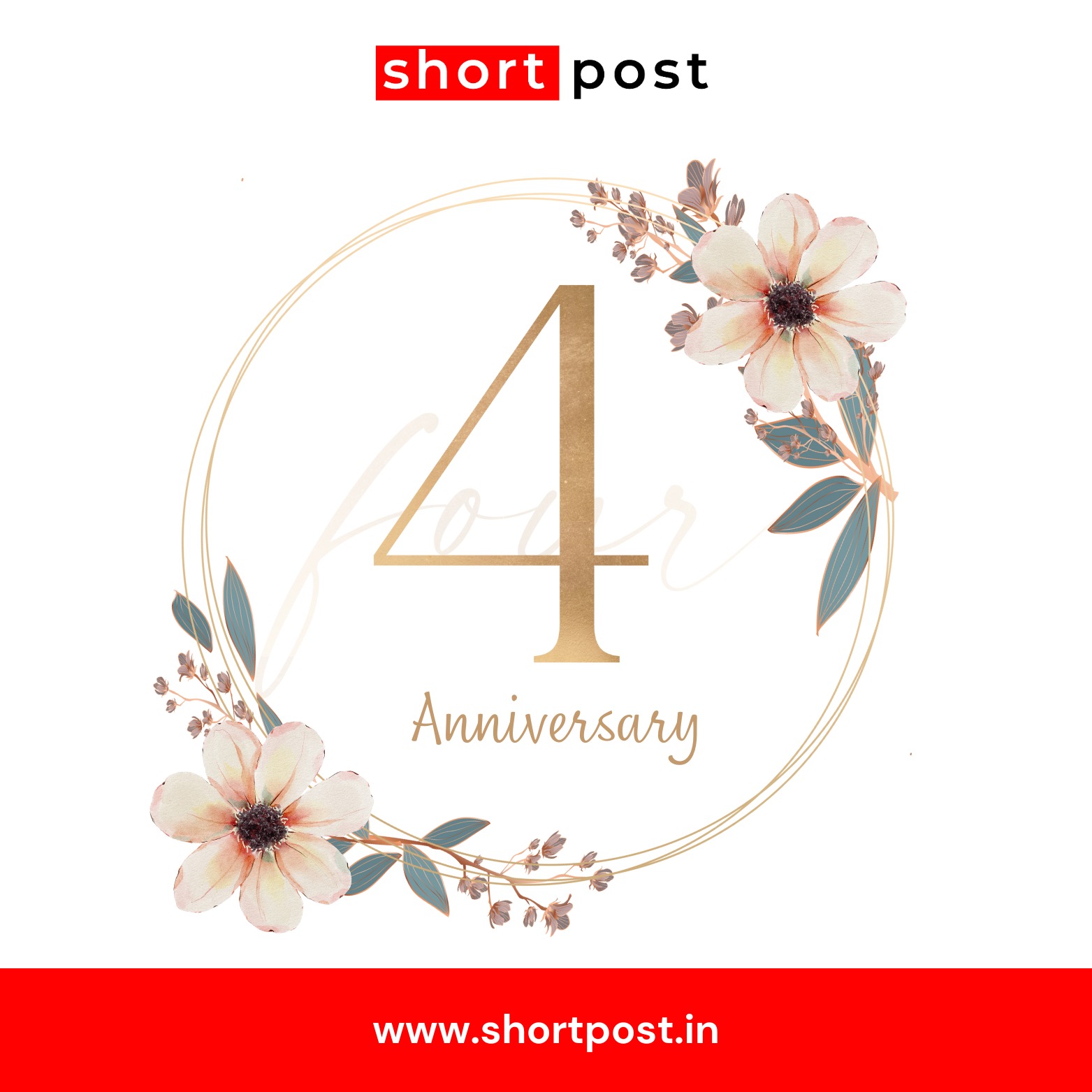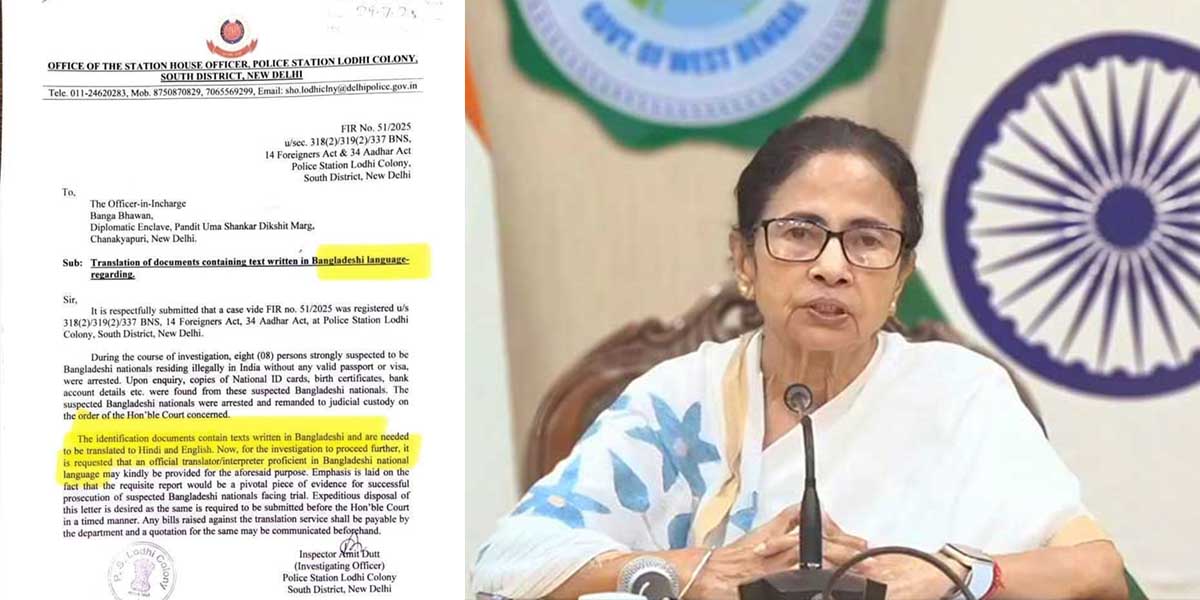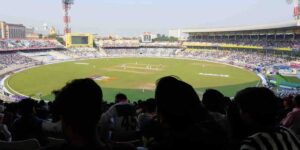Delhi Police kicked up a language row when it wanted to proceed against eight Bangladeshi nationals “residing illegally in India”. It made the mistake of seeking help of Banga Bhawan — that houses the West Bengal government’s office in Delhi – to identify texts written in “Bangladeshi” language and wanted it translated. Obviously, Delhi Police dealing with the matter were not aware that Bangladesh and West Bengal were united by Bengali language and there was nothing like” Bangladeshi” language, only Bangladeshi infiltrators and Rohingyas. Quickly, seizing upon the language issue, West Bengal CM Mamata Banerjee slammed the premier police agency’s faux pas. She pointed out how the Delhi Police functioned under the direct control of the Union Home Ministry and felt the government was describing Bengali as “Bangladeshi” language! It was left to BJP’s Amit Malviya to defend the Delhi Police. He said, “Nowhere in the Delhi Police letter is Bangla or Bengali described as a ‘Bangladeshi’ language. To claim otherwise and call upon Bengalis to rise against the Centre is deeply irresponsible.” Explaining further he said Delhi Police is absolutely right in referring to the language as Bangladeshi in the context of identifying infiltrators. The term is being used to describe a set of dialects, syntax, and speech patterns that are distinctly different from the Bangla spoken in India. The official language of Bangladesh is not only phonologically different, but also includes dialects like Sylheti that are nearly incomprehensible to Indian Bengalis. There is, in fact, no language called “Bengali” that neatly covers all these variants. “Bengali” denotes ethnicity, not linguistic uniformity. So when the Delhi Police uses “Bangladeshi language,” it is a shorthand for the linguistic markers used to profile illegal immigrants from Bangladesh — not a commentary on Bengali as spoken in West Bengal.

 Politics
Politics Business
Business Entertainment
Entertainment Sports
Sports Celebrities
Celebrities






